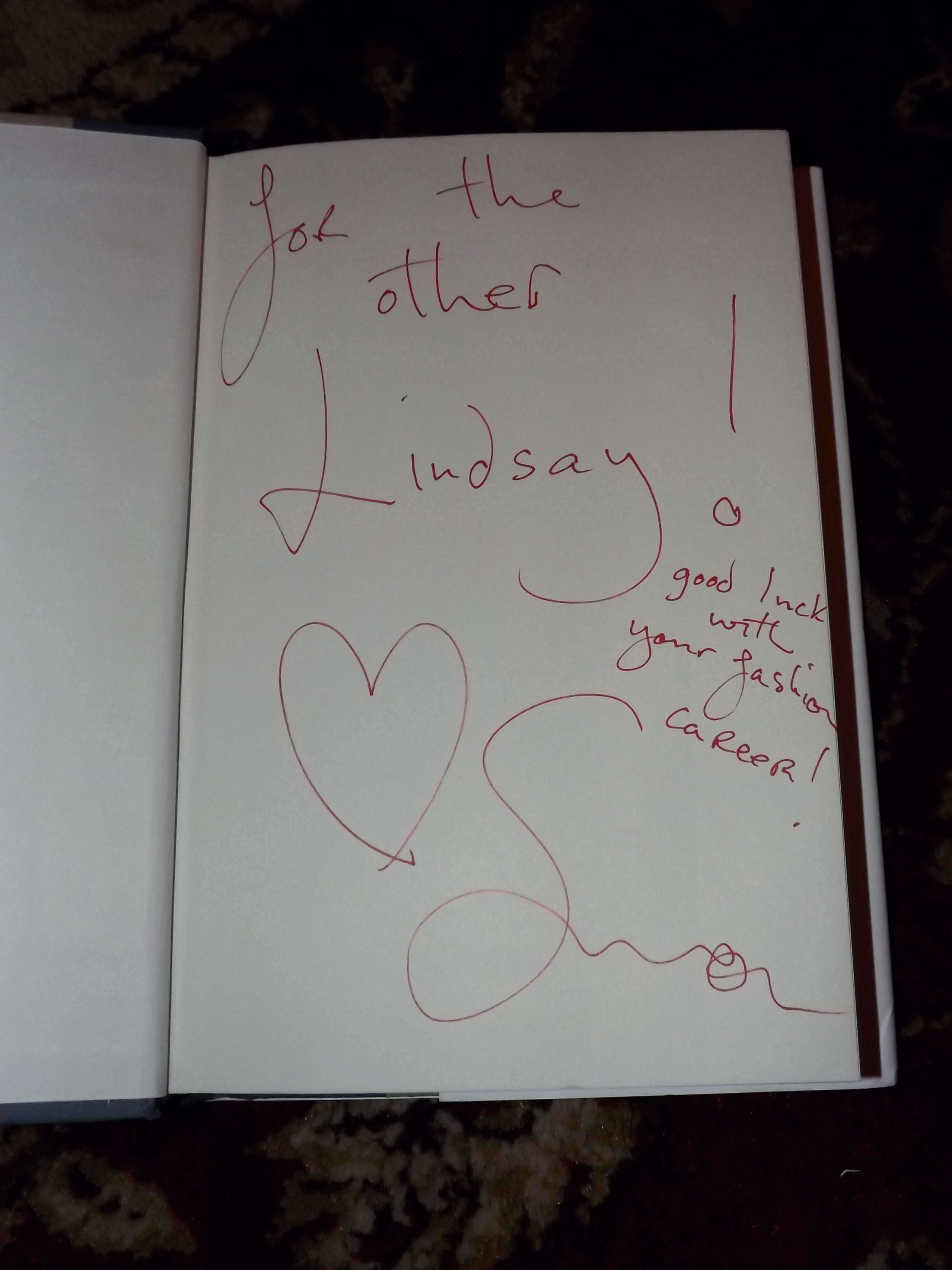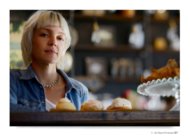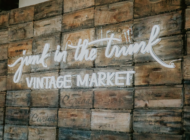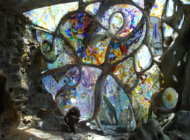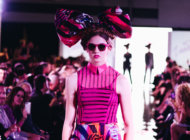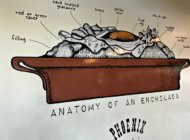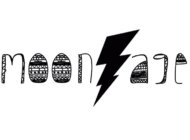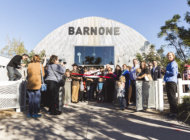Simon Doonan is a huge name in the fashion industry. This man has had an insanely successful career with Barney’s New York, and more recently with his writing. We had the amazing opportunity to chat with Mr. Doonan about his newest book, The Asylum, a hilarious book about the sometimes ridiculous nature of high fashion. (And we might have snuck in some questions about his personal affair with fashion as well!)
Check out our interview, and then purchase the book for yourself here.
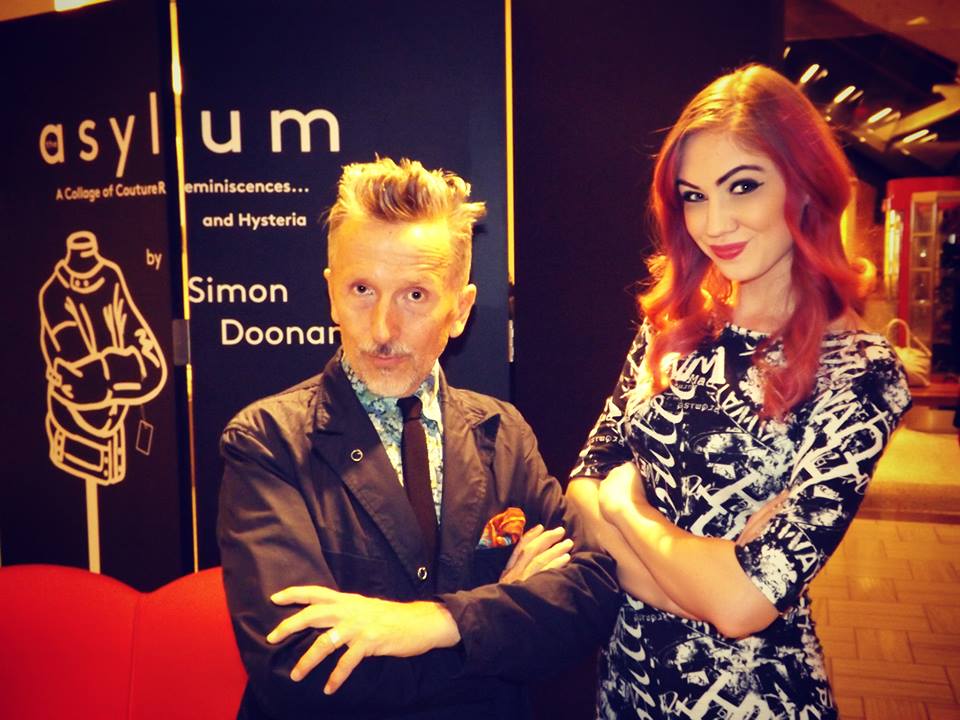
Simon Doonan with Couture in the Suburbs
Why did you decide to write the Asylum and share some of those private moments that happen behind the scenes in the fashion industry with the general public?
I guess because… a girl needs a job (laughs). Here’s a more serious answer for you:
In a way I am kind of privileged because I’ve been in fashion for so long, from when it was a tiny little universe that people really weren’t that interested in to now, where it’s this global obsession, with you out in the boonies blogging about it (not the boonies, but you know what I mean, don’t take it personally). It’s been through this huge growth period and I’ve seen a lot of things that were noteworthy and amusing. It’s a humor book, so I thought I have enough material to write about the madness of the fashion world, which I see as being a nuthouse, but also a refuge for people who are maybe somewhat more conventional and maybe wouldn’t fit into a more conventional environment.
*motions to me, sitting there with bright pink hair*
Well it’s probably be fine with it now, but there was a time where if you were creative and eccentric, you probably needed to go work in fashion. My dad said it to me when I was very young. “Maybe you should go work in fashion”
How do you personally combat some of that madness that you talked about in the high fashion world?
I don’t try to combat it, I surrender to it. Because I think it’s very important to have an environment where unconventional ideas are welcomed. That’s what creativity is.
And creativity really drives the fashion world. It’s not celebrity that drives it. I think people are getting a little bit confused. For a lot of people fashion is red carpet gowns, but that’s not really what fashion is. Fashion is about being very creative and inventive with fabric and doing things that speak to people’s needs and their feelings at any particular moment or time. It’s not about gussying up some celebrity in a free dress. That’s got really nothing to do with fashion.
What skills do you think that young people need to bring into the fashion industry if they want to be successful?
You need to decide what your point of entry is. For me, it was always retail. I always worked in retail, I love working retail, I find retail very interesting. To me, it’s very interesting to see what happens when the clothes get onto real people. That’s when you find out who’s a good designer. When you take a piece of high priced designer clothing and you put it on a fairly average looking person, and they look great, that’s what fashion supposed to do. It’s supposed to lift you up and make you more interesting, more glamorous, more whatever. So, retail has always been great for me. Now, of course, I write. I do various other things, but you have to figure out where your point of entry is.
If some girl tells me she wants to be a designer, I say to her “Did you make your dress? All my friends who are designers were all sewing clothes when they were like 10. They could knit, they could sew, they could cut patterns. They just had a gift for it, and that’s how they became fashion designers. It’s not something you can do just by going like that, sticking a pin in a map. So if you don’t have an aptitude for design, then don’t go to FIT and study fashion design. Do a communications or a journalist degree. There’s a million ways to get involved in fashion.
One of the most interesting jobs in fashion is a buyer. You have to be very good at numbers; you have to a great head for figures, numbers and trends. You have to be able to analyze trends. But, it’s also very aesthetic. You have to be able to make the right choices and buy things that you know your customers want. So being a buyer, being a merchant, is actually fantastically interesting way to be involved in fashion.
You got to be realistic, you got to pick a point of entry. If you can’t pick a point of entry, then get a job in retail and work your way in. You know, it took me 40 years to get where I am now. I started writing when I was 46. There’s no rush. Get your feet wet, learn the landscape.
Maybe you want to be a photographer’s assistant, maybe you want to be a photographer. Makeup, hair, there’s so many ways to be involved in fashion. Just get a sense of what they are, and then by the time you’re 30, kind of pick one. The best thing that can happen to you is to get a great job.
How did you originally get involved with Barney’s?
I lived in LA for 8 years. In 1985, a friend and I decided we were going to go to New York, and we slept on someone’s floor. She volunteered at The Costume Institute, but I managed to get a job working with Diane Vreeland working on one of her exhibits which was called Costumes of Royal India, and at that point I was in New York for like 4 – 5 months and then I went back to LA and was working at Maxwell, which is a great store. And I met the owners of Barney’s at the opening met of the Met, which was a smaller affair back then. I was introduced to the owner of Barney’s and he said, “Oh I love your punky, fun windows that you do at Maxwell. You should come work for us. “ So I just said, “Alright.”
I started at Barney’s in 1985. I was just involved in display, and then over the years I got additional responsibilities, and I’ve had a fantastic career at Barney’s. I stuck with it. I think people move around a lot, but I was always very loyal. I always wanted to see what was going to happen next, what was going to come in next season. The company went from one store to many stores, and I was part of that growth, developing stores in Japan and I was a part of all of it. It was always very stimulating and interesting to me, so I just stayed.
How do you think you’ve continued to be interested in your job and fashion?
Fashion has changed so much since it was this tiny little world, and now it’s this big global spectator sport. It’s mad. The fashion landscape is so huge. It’s never not interesting. Some of it’s kind of trite and stupid, and then other parts of it are fascinating and amazing. It’s like any industry, you have to find the bits that you think are just like “Wow, this person is so talented and doing something original and new.” And I’ve been spoiled because that’s always been Barney’s focus: what was new, what was great, what was interesting.
Speaking of new, what are some trends that you particularly like for the upcoming season?
Oh my god, there’s some great ones right now!
Obviously, we have an amazing shoe selection, all the best. This season, we have a lot of menswear inspired shoes: the flat, the oxford, the vans. So a girl can get a bit of relief from high shoes.
Black and white, as you know (he motioned to be because I was wearing a black and white printed dress), is a big trend this season. Not just shoes, but gorgeous dresses….
Saint Laurent. You’ve got to have something Saint Laurent. And Sacai, I love Sacai.
This season’s a great season.
What about some trends that you don’t like?
I see fashion and style as being a big jigsaw puzzle, and everything fits together. So, things like Crocs or Ed Hardy t-shirts I’ve never disdainful about that stuff. Because you can’t have Martin Margiela without Ed Hardy. It all sort of fits. Obviously we don’t sell that stuff at Barney’s, but if it didn’t exist, the fashion world would have to invent it.
I think that’s something that young people coming into fashion probably don’t understand cause they’re always looking to be, this is great and this is horrible. It’s a big picture, a big collage, and everything kind of has its place. It’s very hard for me to pick on something and say “This is terrible,” because if somebody likes it and they enjoy wearing it, than go for it.
I love Western wear, and there are some great western shops in Arizona. When I see somebody at the airport all done up in their western outfit I think, “How great! They love it! It probably brings them so much pleasure.” I don’t have that queer eye impulse to make everyone over.
It’s a big pantheon of style, and everything has a place on there. You just have to find out where you fit in. And in order to do that, you don’t have to be nasty about what other people are wearing. If I see some chick, maybe she’s a bit heavy, and she’s wearing a tube top and daisy dukes I think, “Good for you darling!” In a world where people are so negative about weight, if you’ve got self-confidence, and feel good about yourself, then life’s for living and why not?
In my writing and in my work I try not to be disdainful of stuff. That’s just boring. It shows a lack of understanding of the overall picture.
Women tend to be very self-critical. They tend to have a bitchy approach to fashion. They’re always saying, “I can’t believe she’s wearing THAT” and I’m like, “Why do you care?” My mission in life, and in a lot of my books, is always to divest woman of that need to be self-critical. Be self-loving, self-accepting. Which means you’re really not that bothered by what other people are wearing. You have an amused interest.
Someone was telling me they saw some girls in Scottsdale walking down the streets in high heels and a bikini, and I thought how hilarious, fun, very Dolce Vita!
How do you decide what your personal sense of style is?
It’s sort of gone back to how I was in in the mid-60’s, gone back to my mod roots. I have my little uniform. I think it’s good to have a signature flourish that people recognize. So I have my flowery shirt, I usually wear a pocket square. I do a lot of traveling so I like a comfy jacket that I can just sit on an airplane with and not worry about having to get it pressed. I do like a 60’s sneaker, like these Adidas. I’m so stuck in my little mod world.
But I love it when I see a guy walk into Barney’s and go head to toe Rick Owens, this amazing goth outfit. I don’t want anyone else to look particularly like me, I don’t need other people to look like me.
I think fashion should be about personal expression, not conformity.
Interviewing Simon Doonan was such a wonderful experience, and we have to say, very eye-opening. He is such a fascinating individual, who has enjoyed a tremendous amount of success in the industry. It was an absolute privilege to sit down and talk to him. We hope you all enjoyed reading his thoughts and advice!
Story and Photos by: Lindsay Viker














